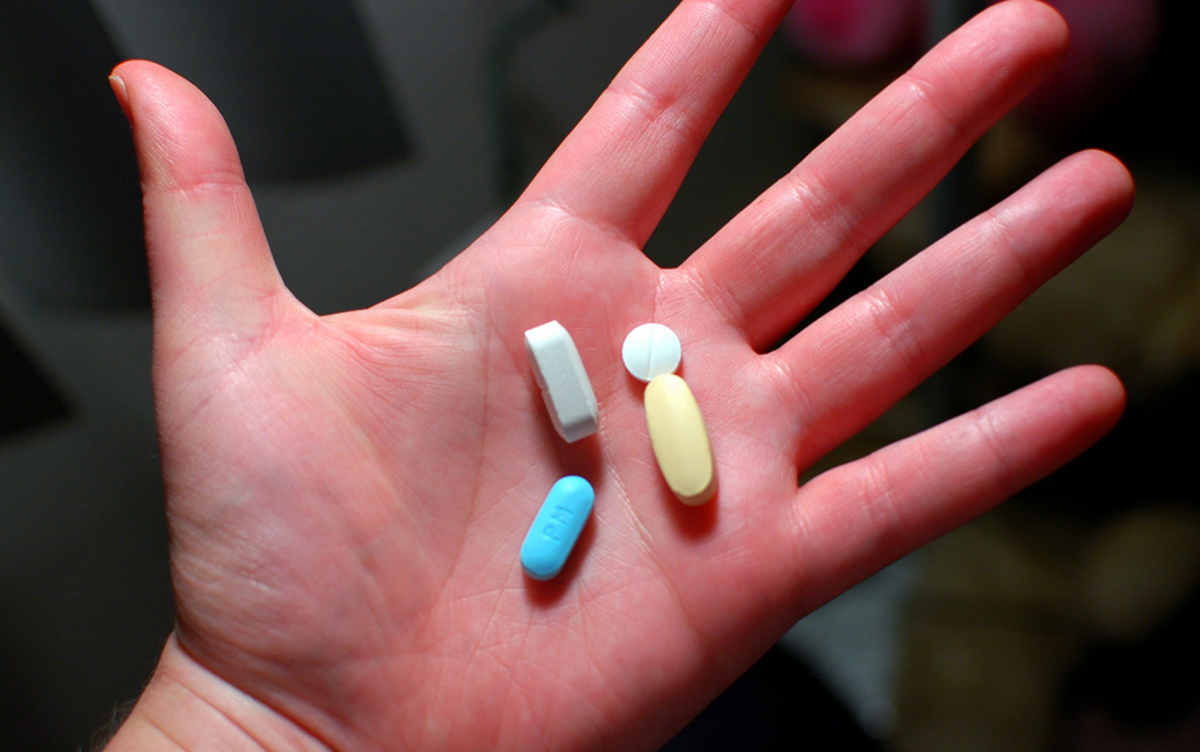Table of Contents
Many fans of natural medicine protest that metformin, despite its being inexpensive (as little as $4 a month even in the United States), available nearly everywhere, and well understood, "causes" nutritional deficiencies. The truth is, for metformin to work well for you, you do need to take some similarly inexpensive, widely available, and well understood nutritional supplements. That isn't because metformin sucks nutrients out of your system. That's because the process of burning fat requires more of certain antioxidants and vitamins. When you succeed with diet, exercise, and metformin, you need more of these nutrients to continue the process of losing weight.
The key supplements are:
- Lipoic acid,
- L-carnitine, and
- The often-overlooked B vitamin biotin.

As most diabetics know, lipoic acid, usually taken in the form alpha-lipoic acid, reduces the rate at which hemoglobin combines with glucose in the bloodstream to form glycated hemoglobin, or HbA1C. Alpha-lipoic acid isn't actually the best form of lipoic acid for diabetes. Alpha-lipoic acid is a mixture of two isomers, only one of which, R-lipoic acid, is readily available to the body. The body can sort the R-lipoic acid out of alpha-lipoic acid, however, so about 50 per cent of the relatively inexpensive alpha-lipoic acid does a diabetic good.
L-carnitine is better known by body builders. There's a growing body of evidence, however, that up to 2,000 mg of L-carnitine a day might protect diabetic brain tissue. It was brain researchers who discovered the application of the combination of these two supplements in burning fat.
In a Chinese study of diabetic fat burning, researchers took fat cells from lab rats and cultivated them under "test tube" conditions to see how they would react to lipoic acid and L-carnitine used singly and together. Fat cells didn't respond very much to either lipoic acid or L-carnitine used without the other. When the fat cells were exposed to a combination of R-lipoic acid and L-carnitine, however, some astonishing things happened:
- The mitochondria, or energy makers of the cell, began to activate their DNA so they could grow.
- Larger mitochondria took up more oxygen so they could in turn
- Burn more glucose and fatty acids.
And the combination of antioxidants had another interesting effect. Like the well-known TZDs, they increased the activity of PPAR-gamma. They stimulated the fat cells' ability to clear glucose and fatty acids out of the bloodstream (or, in this case, the cell culture medium). What was remarkable was the fact that these fat cells not only could take up more glucose and fatty acids, they burned them instead of stored them. This experiment seems to suggest that possibly diabetics, in particular, could benefit from lower blood sugars (as they already do with high levels of lipoic acid supplementation) as well as increased metabolism and lower weight, if lipoic acid and L-carnitine are taken together.
READ Does Diabetes Impact Cognitive Abilities?
If you decide to give this supplement combination a try, remember that lipoic acid depletes biotin. Be sure to take 125 micrograms of biotin for every 200 mg of lipoic acid. Also, be sure to tell your doctor you're taking the supplements. While R-lipoic acid protects you against some of the effects of high blood sugars, notably in the nerves and heart, it also masks long-term high blood sugars as measured by HbA1C.
- Boulé NG. Exercise Plus Metformin in the Fight Against Diabetes. Exerc Sport Sci Rev. 2016 Jan
- 44(1):2. doi: 10.1249/JES.0000000000000071. PMID: 26674094.
- Mankowski RT, Anton SD, Buford TW, Leeuwenburgh C. Dietary Antioxidants as Modifiers of Physiologic Adaptations to Exercise. Med Sci Sports Exerc. 2015 Sep. 47(9):1857-68. doi: 10.1249/MSS.0000000000000620. PMID: 25606815.
- Photo courtesy of sylvar: www.flickr.com/photos/sylvar/91765834/
- Photo courtesy of kickthebeat: www.flickr.com/photos/kickthebeat/5258303185/


Your thoughts on this